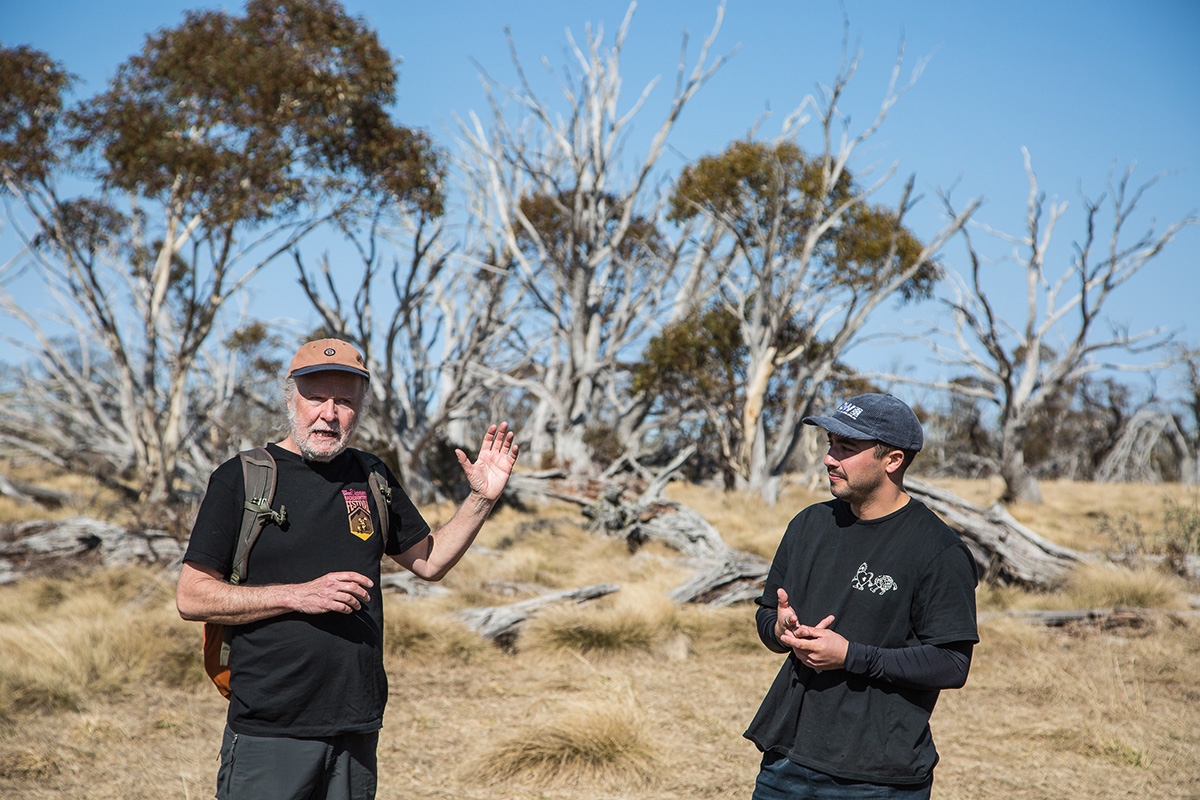Protect Our Winters Australia is calling on the Victorian State Government to establish a volunteer remote area firefighting force in order to save our mountain forests.
POW Australia has joined a long list of organisations, led by Friends of the Earth Melbourne, in an open letter to the Allan government to increase the state’s bushfire-fighting capacity.
The creation of a volunteer remote area firefighting team (RAFT) is an innovative approach to tackle increased bushfires under climate change, allowing Victorians living in urban areas to help protect the places they love.
Considering the effects of climate change and our state’s current firefighting resources, we are currently under-equipped for a fire-prone present and a very hot future.
Fire among the Gumtrees
Fire has become increasingly prevalent in our mountains, and skiing amongst the skeletons of burnt trees is unfortunately now the norm.
Snow gums, the highest-growing eucalypt in our mountains, are no stranger to fire and are adapted to resprout after the occasional burn.
Climate change, however, has increased the frequency of bushfires, creating hotter and drier conditions. Over 90% of snow gum forests have burnt in the past 20 years, often multiple times 1.
In September, POW Australia and Friends of the Earth led a tour into these threatened forests during the Victorian Backcountry Festival (VCBF) to witness firsthand how they are being shaped by fire.
Our guide, Cam Walker, led participants through the forests he fought to protect during the 2019-20 Black Summer fires as a CFA volunteer.
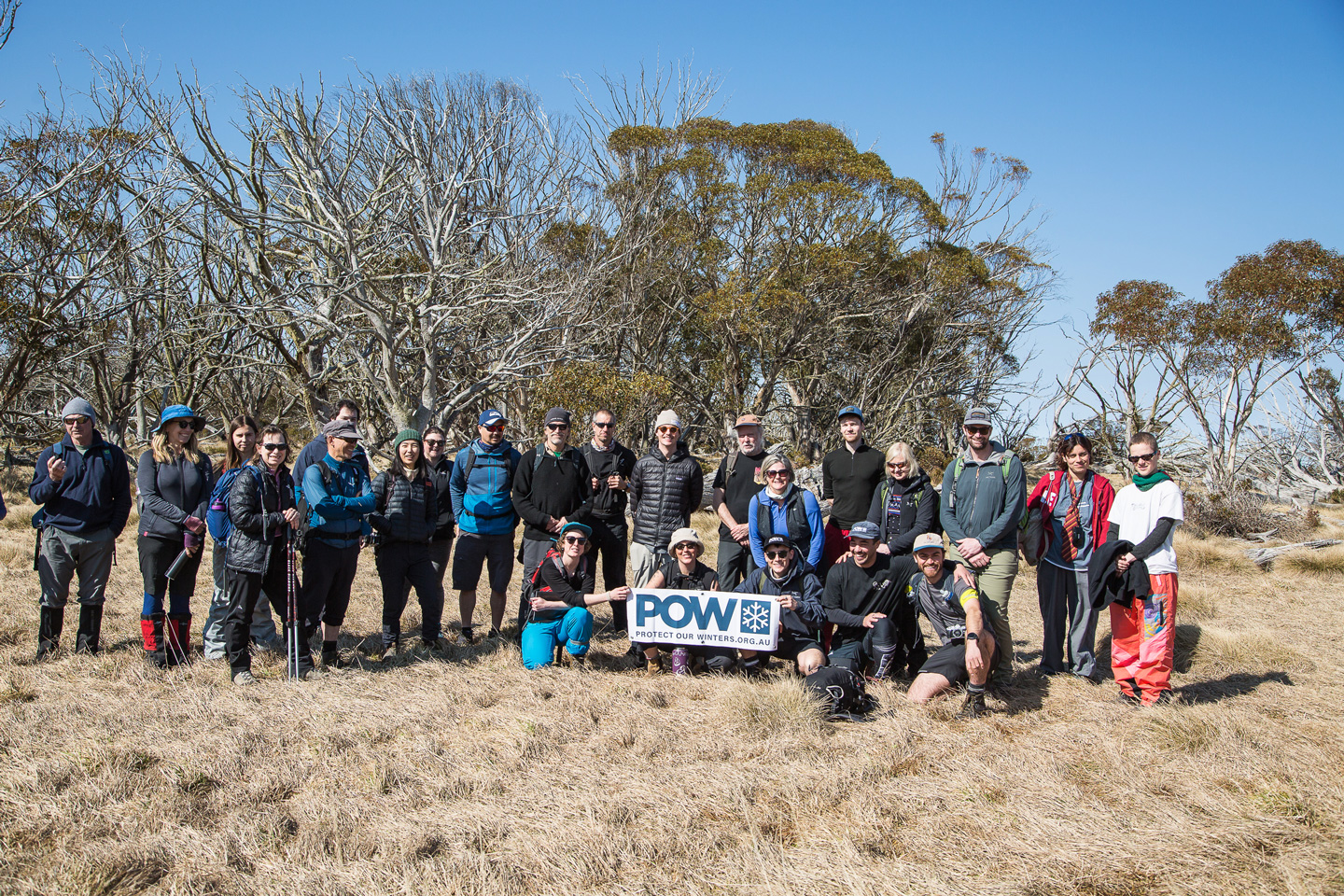
As this group of backcountry enthusiasts made their way through a sea of charred trunks, Cam pointed out that the interval between fires is becoming so short that the snow gums are not able to adapt.
A report by researchers at the University of Melbourne found that after three successive fires, half of the recorded snow gums died without chance of regeneration, with over 80% deaths reported in some research sites 2. Additionally, they found that after two to three fires seedlings were often wiped out, with no new generation to replace the last.
Walking toward Mt Tabletop during the VBCF tour, Cam drew our attention to a section of forest that had undergone ecological collapse. These snow gums had been repeatedly ravaged by fire, and have since been unable to recover.
Under climate change, our snow gums and other mountain eucalypts are facing an existential threat, struggling to bounce back after increased fire events.
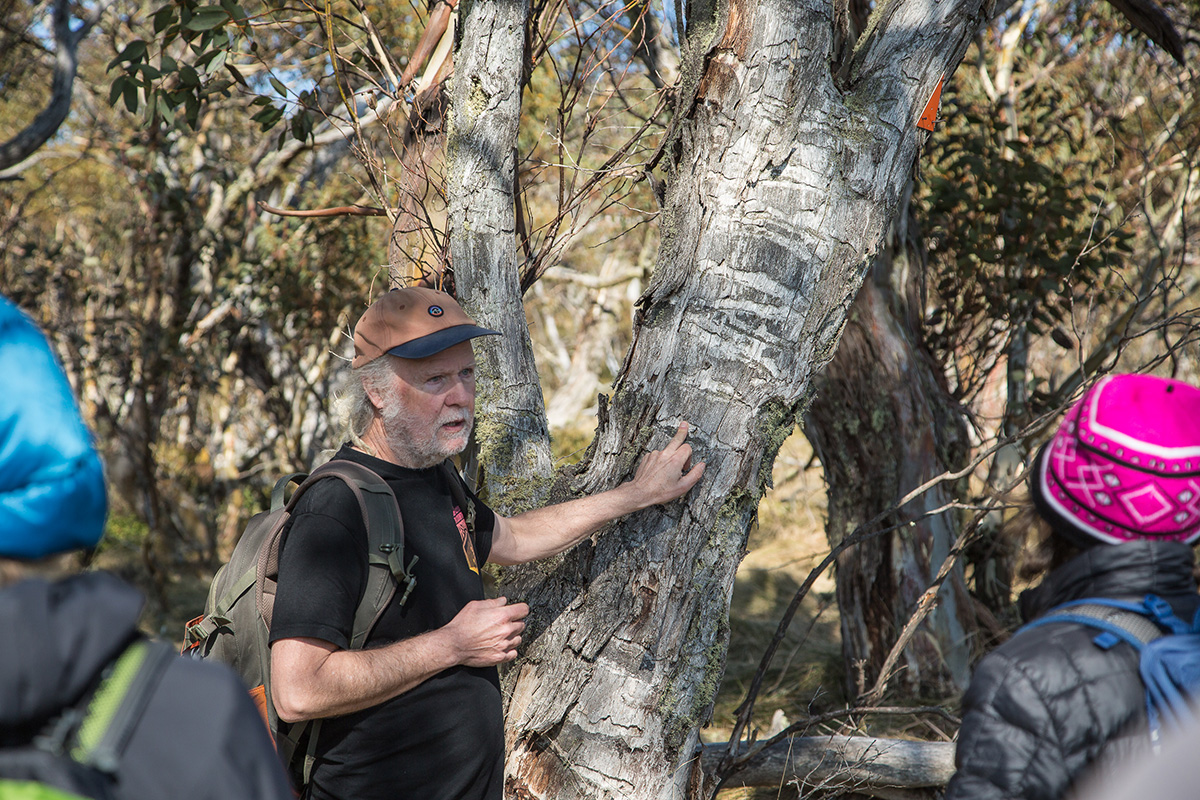
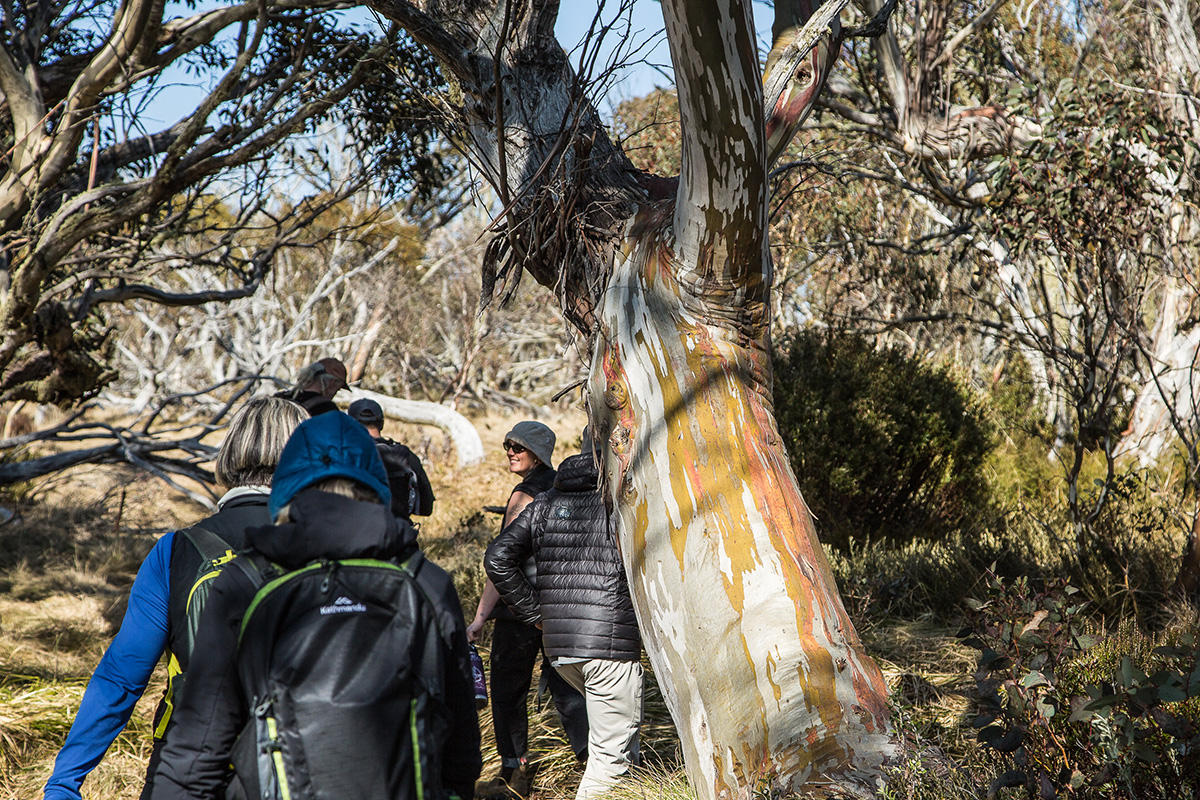
Rest and Recovery
Luckily, the solution is quite simple: keep fire out and the forest will regenerate by itself.
Because they are fire-adapted, snow gums can recover. Like an injured person, however, they are most vulnerable during this healing period.
In the decades following a fire, they are also more flammable. Exploring the woodland around JB Plain, Cam explained to our tour that a dense forest of younger plants provides more fuel for bushfire.
While the canopy in older forests is higher and therefore harder for a fire to reach, an abundance of younger plants can act as a “ladder”. This allows the fire to climb to the top of the forest and increase its intensity.
This, alongside widespread debris of dead trees, makes a recovering forest a more flammable one.
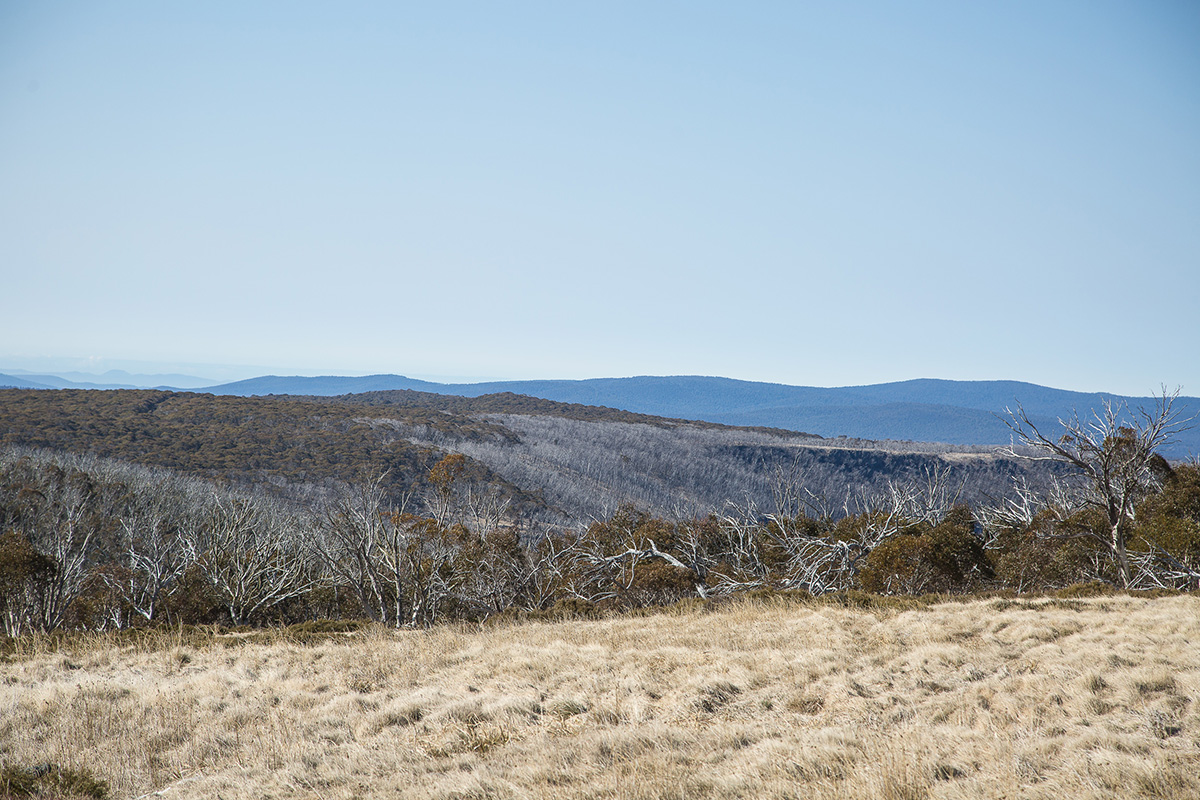
A Life-RAFT
While the situation for our mountain forests is currently dire, we can expect it to get worse. According to the latest Victorian Climate Science report, our current emissions trajectory will result in the annual number of high fire danger days increasing by over 60% by 2050.
POW Australia has recognised the importance of increasing Victoria’s capacity to fight fires in our forests, and are calling on the State Government to do so as well.
Since the Black Summer fires, the CFA has lost almost 2,000 volunteers 3. As an organisation that relies on volunteers from regional communities, its membership is ageing and shrinking as more young people move to urban areas for work and study.
The establishment of a volunteer remote-area firefighting team would allow urban Victorians to join the fight, being deployed into forested areas during times of need. The creation of a RAFT would be a sensible, low-cost way to increase firefighter numbers, supplementing the vital work done by rural-based CFA and professional Forest Fire Management Victoria teams.
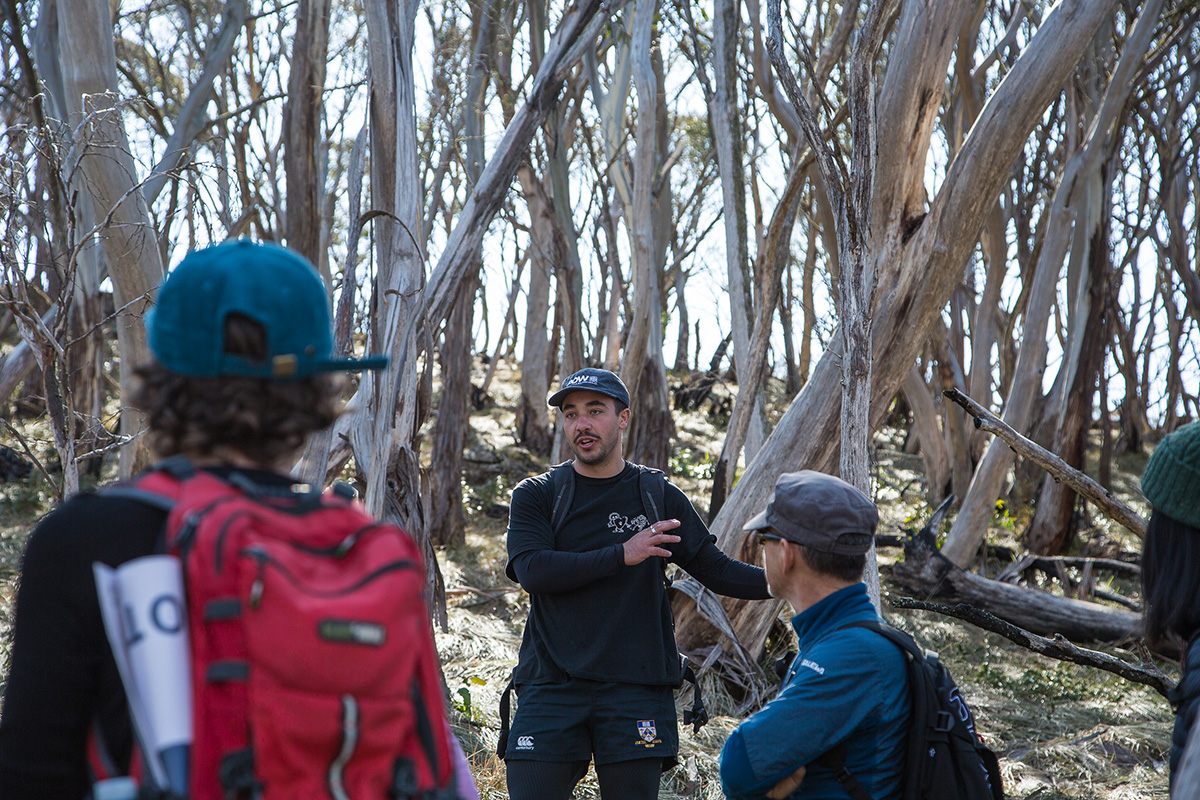
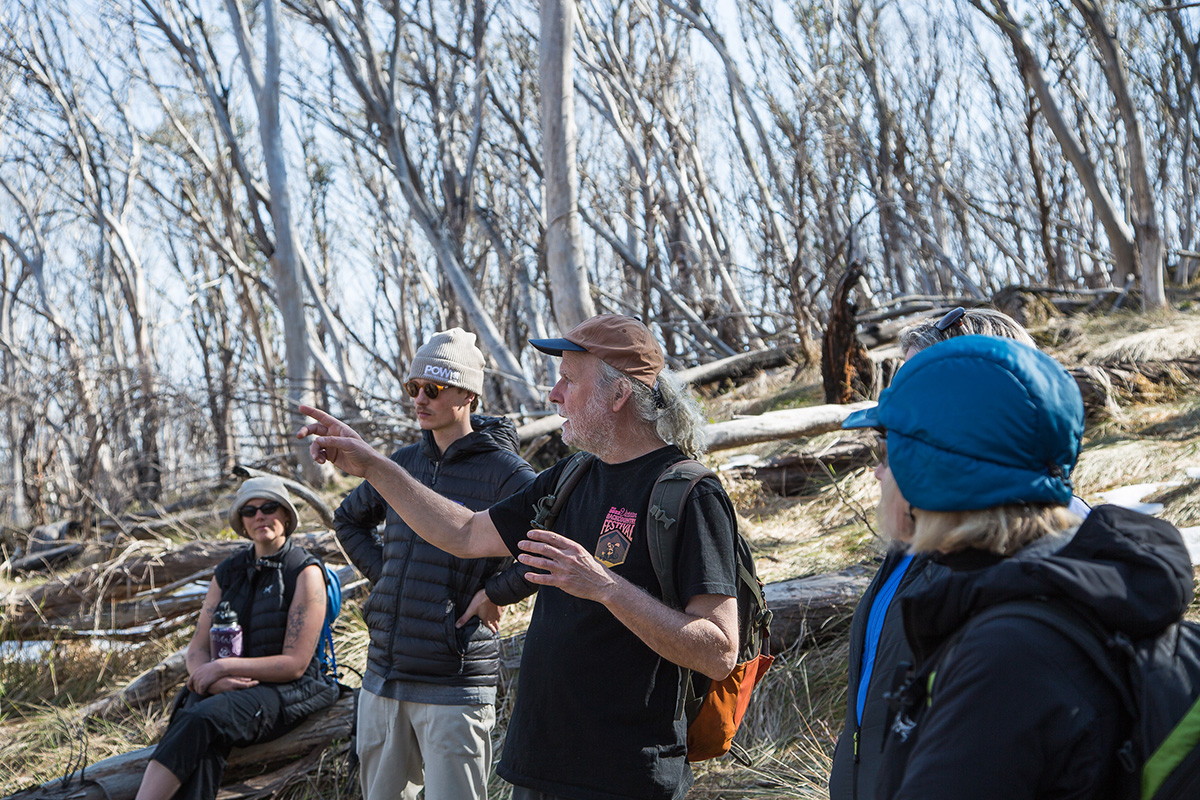
With many young, fit people living in the city who are passionate about the bush, a Victorian volunteer RAFT would give these people the opportunity to help protect the places they love without having to move or quit their day job.
With resources stretched during the fire season, our firefighting forces have to make the tough call to sacrifice our biodiversity in order to protect populated areas.
As participants learnt on the VBCF tour, the bushfire that destroyed much of the forest near Mt Hotham had been burning for days as a low-priority small blaze before it became out of control. Given more human-power, these small fires could be nipped in the bud before they spread – saving millions of hectares of native forests4.
Currently, Australia shares its firefighting resources between states, and often draws from international crews in times of need. However, with climate change causing longer and more intense fire seasons across Australia, and Northern Hemisphere fire seasons beginning to overlap with ours, Victoria must enhance its ability to protect our forests.
NSW, ACT and Tasmania have all created their own remote area firefighting teams. It is time for Victoria to catch up.
References:
- An Icon at Risk: Friends Of The Earth
- C. A., et al. (2016). High abundance of native species in a rare, threatened ecosystem: conservation implications for a grassy woodland. Journal of Vegetation Science, 27(1), 52-61. doi:10.1111/jvs.12575
- Victoria’s Country Fire Authority loses nearly 2,000 volunteers in two years, union says. ABC News.
- Recurring fires are threatening the iconic snow gum. University of Melbourne.
